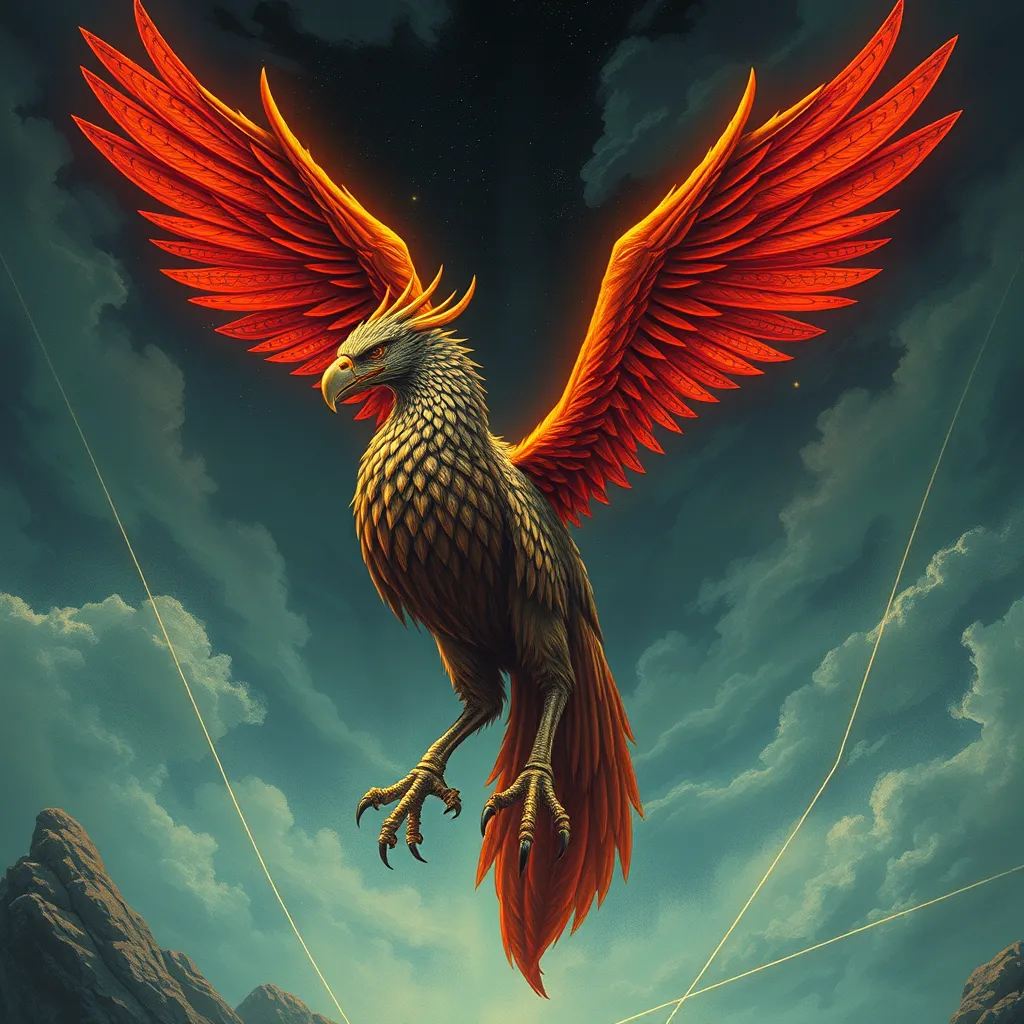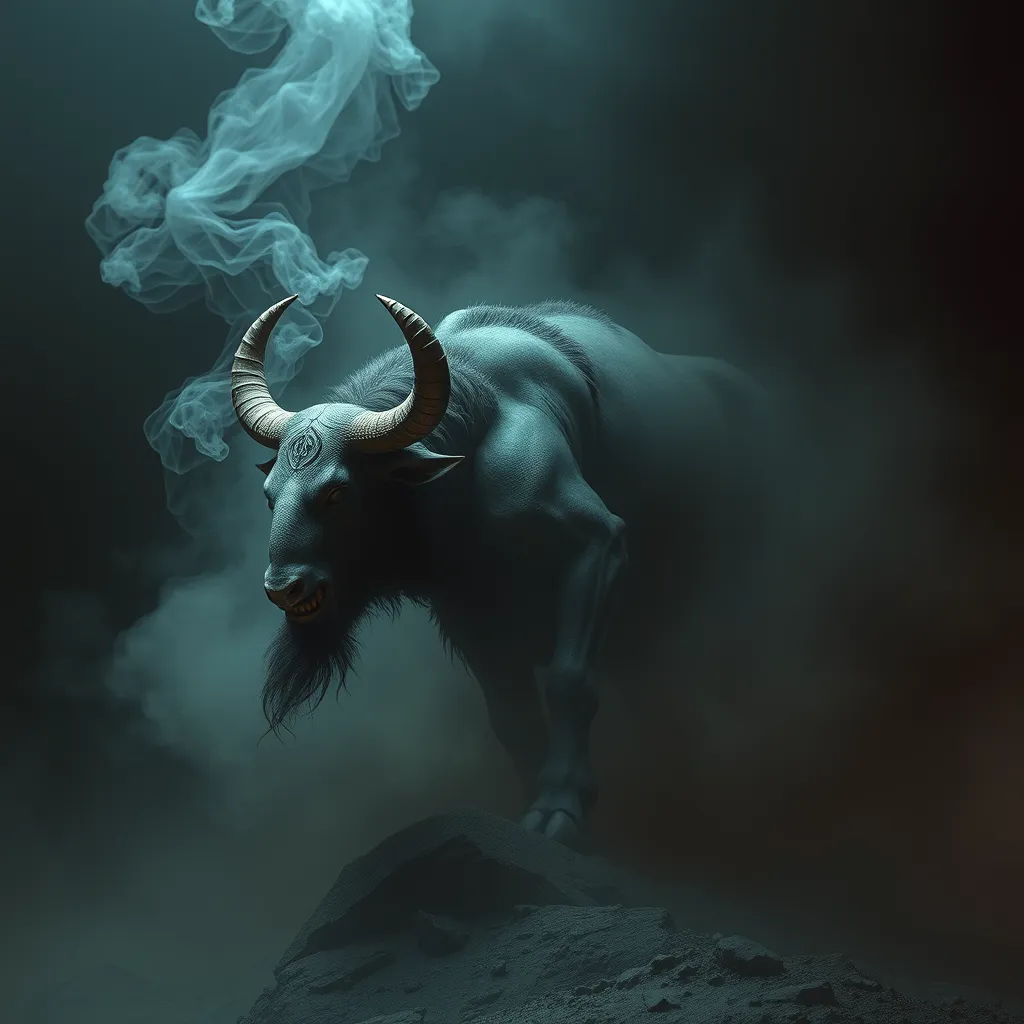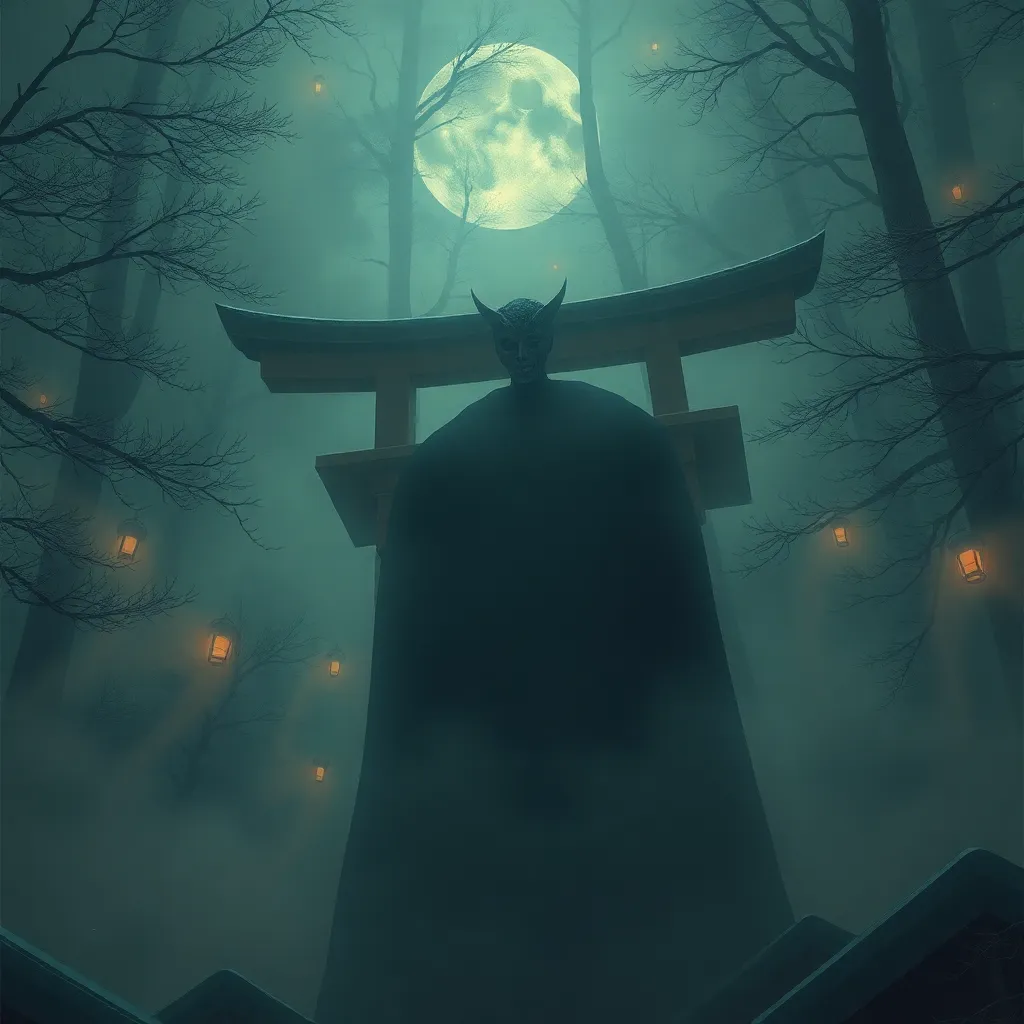The Garuda and the Griffin: Exploring the Connections Between Indian and Western Mythology
I. Introduction
The Garuda and the Griffin are two of the most fascinating mythological creatures from Indian and Western traditions, respectively. These beings, deeply embedded in their cultural narratives, represent more than mere fantasy; they embody values, beliefs, and historical significance that resonate through the ages.
Mythological creatures like the Garuda and the Griffin serve as powerful symbols in the folklore of their cultures. They offer insights into the human experience, reflecting societal values and fears while also providing a means of escape through their extraordinary powers and attributes. This article aims to delve into the connections and similarities between these two legendary beings, exploring their origins, characteristics, and cultural significance.
II. Origins and Characteristics of the Garuda
A. Mythological background in Hinduism and Buddhism
The Garuda is a prominent figure in Hindu and Buddhist mythology, often depicted as a large bird or a bird-human hybrid. In Hindu texts, Garuda is known as the vehicle (vahana) of Lord Vishnu, symbolizing speed and martial prowess. In Buddhism, Garuda represents power and is often associated with protecting the Buddhist teachings from malevolent forces.
B. Description of Garuda’s physical attributes and symbolism
Garuda is typically characterized by a human body with the head and wings of a bird, showcasing a majestic and powerful appearance. This hybrid form encapsulates the duality of nature—grounded yet soaring. Symbolically, Garuda represents the overcoming of obstacles, the triumph of good over evil, and the pursuit of knowledge and enlightenment.
C. Role in Indian mythology and religious texts
In Indian mythology, Garuda plays a crucial role in numerous stories, including the epic tales of the Mahabharata and the Ramayana. He is often depicted as a fierce protector of the gods and a devourer of serpents, representing the struggle against ignorance and darkness. The Garuda Purana, one of the ancient texts, elaborates on his divine attributes and teachings.
III. Origins and Characteristics of the Griffin
A. Historical roots in ancient Near Eastern and Greco-Roman mythology
The Griffin has its roots in ancient Near Eastern cultures, with representations dating back to the Sumerians and Egyptians. This mythical creature embodies the strength of a lion and the majesty of an eagle, combining terrestrial and celestial attributes. Its presence in Greco-Roman mythology further solidified its status as a symbol of power and protection.
B. Description of Griffin’s physical attributes and symbolism
Griffins are typically depicted with the body of a lion and the head and wings of an eagle, making them formidable guardians of treasures and sacred places. They symbolize divine power, courage, and protection. In heraldry, the Griffin often represents nobility and strength, making it a popular emblem among medieval knights and royalty.
C. Role in Western mythology and heraldry
In Western tradition, Griffins are featured prominently in literature and art, often serving as guardians or protectors of the divine. They appear in various literary works, including medieval bestiaries and heraldic symbols, reinforcing their role as creatures of power and majesty.
IV. Comparative Mythology: Garuda vs. Griffin
A. Similarities in physical representation and dual nature
Both Garuda and Griffin share a hybrid physicality that blends the attributes of powerful animals—birds and beasts. This dual nature signifies their roles as intermediaries between the earthly and the divine.
B. Symbolism of power, protection, and guardianship
- Both creatures symbolize strength and the protective nature of the divine.
- Garuda and Griffin serve as guardians, protecting sacred texts and treasures.
- They embody the virtues of courage and valor, often associated with their respective deities.
C. Cultural significance in their respective mythologies
In their respective cultures, Garuda and Griffin represent the ideals of freedom and transcendence. Garuda’s association with Vishnu speaks to the liberation of souls, while the Griffin’s role in heraldry emphasizes nobility and the protection of lineage.
V. Thematic Connections: Flight and Freedom
A. Exploration of flight as a symbol in both cultures
Flight is a recurring motif in the mythologies surrounding both the Garuda and the Griffin. It symbolizes freedom, transcendence, and the ability to rise above earthly limitations. In both traditions, these creatures are often depicted soaring through the skies, embodying the spirit of liberation.
B. The idea of freedom and transcendence associated with Garuda and Griffin
Garuda’s role as a liberator in Hindu mythology highlights the theme of freedom from bondage, particularly in the context of spiritual enlightenment. Similarly, the Griffin, often portrayed in flight, symbolizes the elevation of the spirit and the pursuit of higher ideals.
C. Mythical narratives that emphasize their roles as liberators
Stories of Garuda often involve him rescuing his mother from the grasp of serpents, showcasing his protective nature. In Western tales, Griffins are frequently depicted as guardians of lost treasures, symbolizing the protection of sacred knowledge and the liberation of those who seek it.
VI. Influence on Art and Literature
A. Representation of Garuda in Indian art, sculpture, and literature
Garuda is a popular subject in Indian art and sculpture, often depicted in intricate carvings and paintings. His representation in literature ranges from ancient texts to contemporary works, where he symbolizes divine strength and loyalty.
B. Representation of Griffin in Western art, heraldry, and literature
In Western art, Griffins are frequently featured in medieval manuscripts, tapestries, and heraldic shields. Their representation often conveys themes of nobility, protection, and power in various literary works, from ancient to modern.
C. Cross-cultural influences and adaptations in modern storytelling
Both creatures have transcended their cultural origins, influencing modern storytelling. From films to fantasy literature, the Garuda and Griffin continue to inspire new narratives, showcasing their enduring legacy.
VII. Contemporary Relevance and Cultural Exchange
A. The resurgence of interest in mythological creatures in popular culture
In recent years, there has been a significant resurgence of interest in mythological creatures. Movies, video games, and literature frequently feature beings like the Garuda and Griffin, appealing to a global audience.
B. Cross-cultural interpretations and representations in modern media
Modern media often blends elements from different cultures, creating new interpretations of traditional figures. The Garuda and Griffin have been adapted into various forms, reflecting a fusion of their mythological attributes.
C. The role of globalization in sharing and blending mythological narratives
Globalization has facilitated the sharing of cultural narratives, allowing for a richer understanding of mythological creatures. As stories cross borders, the Garuda and Griffin have found new life in diverse contexts, reinforcing their universal themes of power, protection, and freedom.
VIII. Conclusion
A. Summary of key findings and insights
This exploration of the Garuda and Griffin reveals fascinating connections between Indian and Western mythology. Both creatures embody themes of power, protection, and transcendence, serving as symbols of freedom in their respective cultures.
B. Reflection on the importance of understanding cultural connections
Understanding the connections between mythological figures enriches our appreciation of different cultures and their narratives. The Garuda and Griffin remind us of the universal human experience, reflected through symbols that transcend geographical boundaries.
C. Final thoughts on the enduring legacy of the Garuda and the Griffin in mythology
The enduring legacy of the Garuda and the Griffin speaks to the timeless nature of mythology. These creatures continue to inspire, protect, and captivate the imagination of people around the world, reminding us of the power of stories in shaping our cultural identities.



